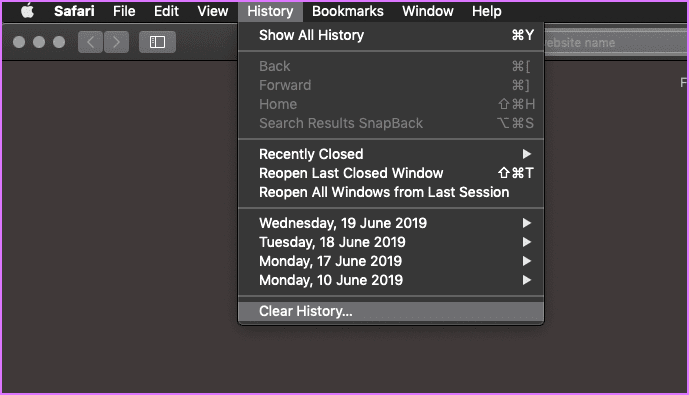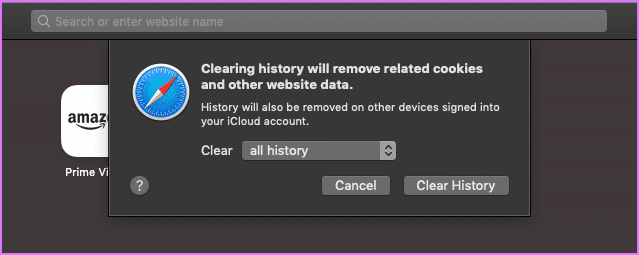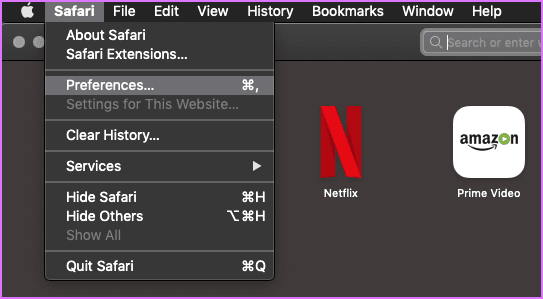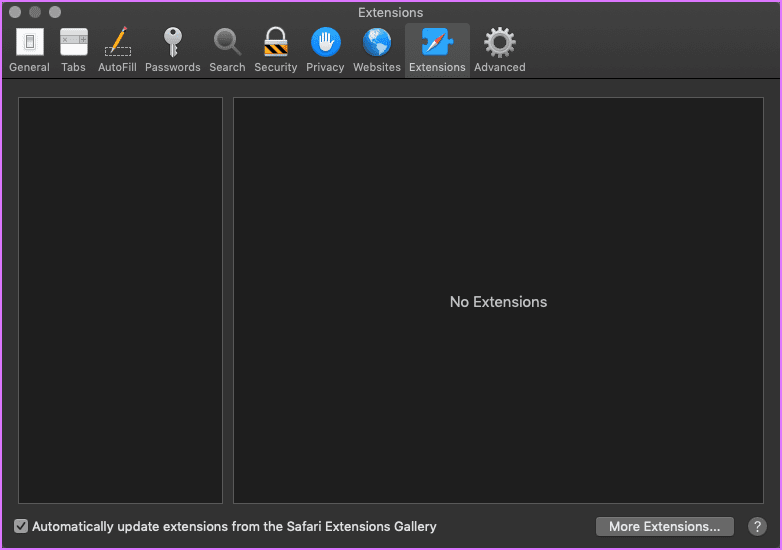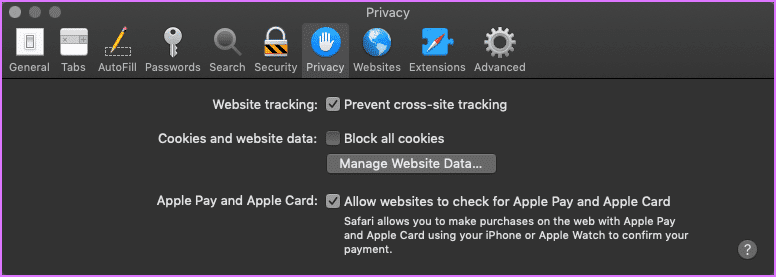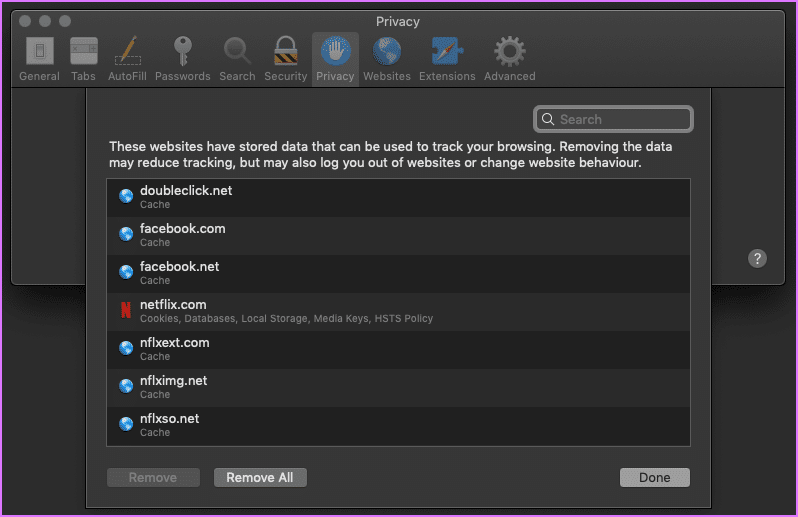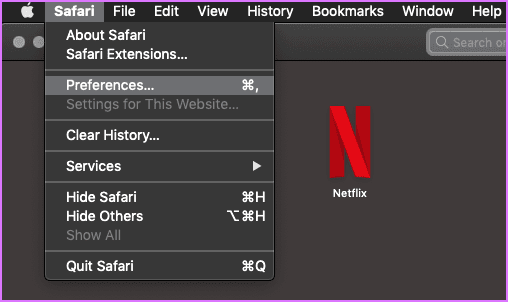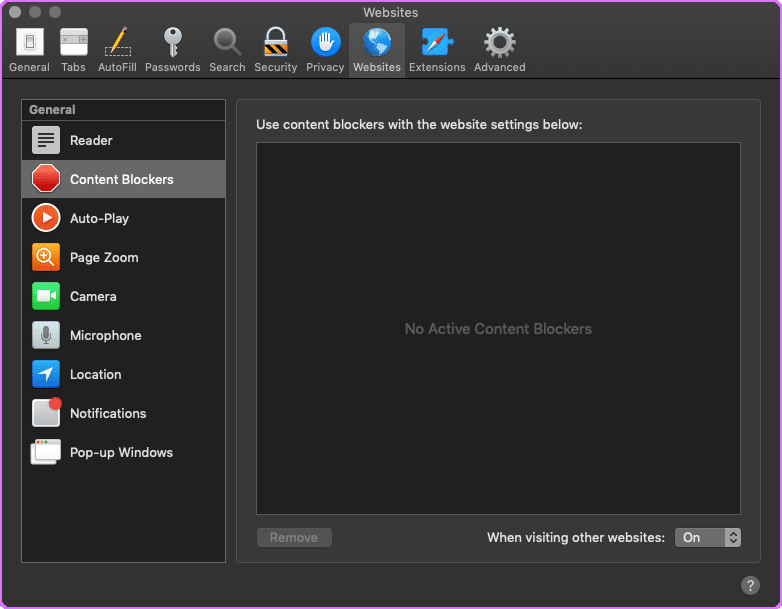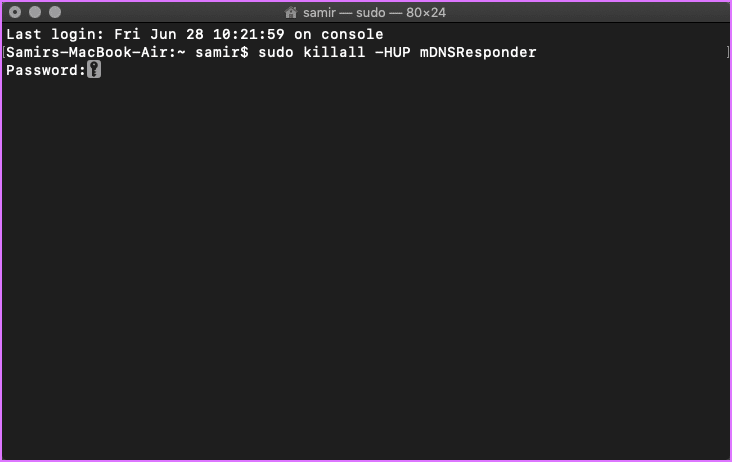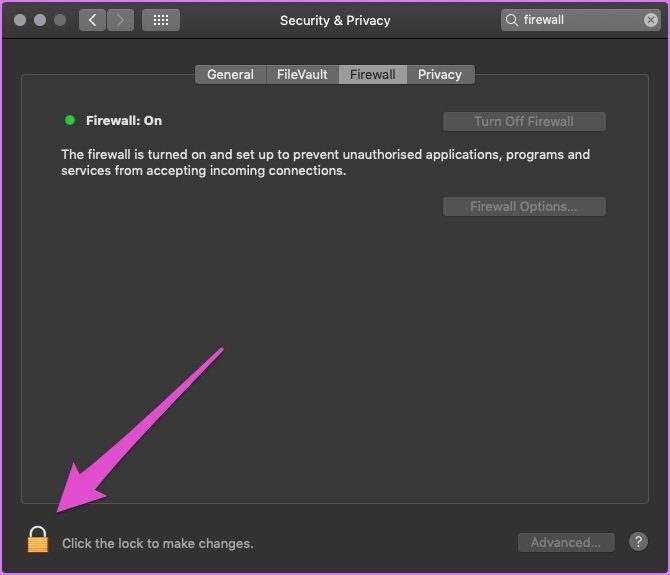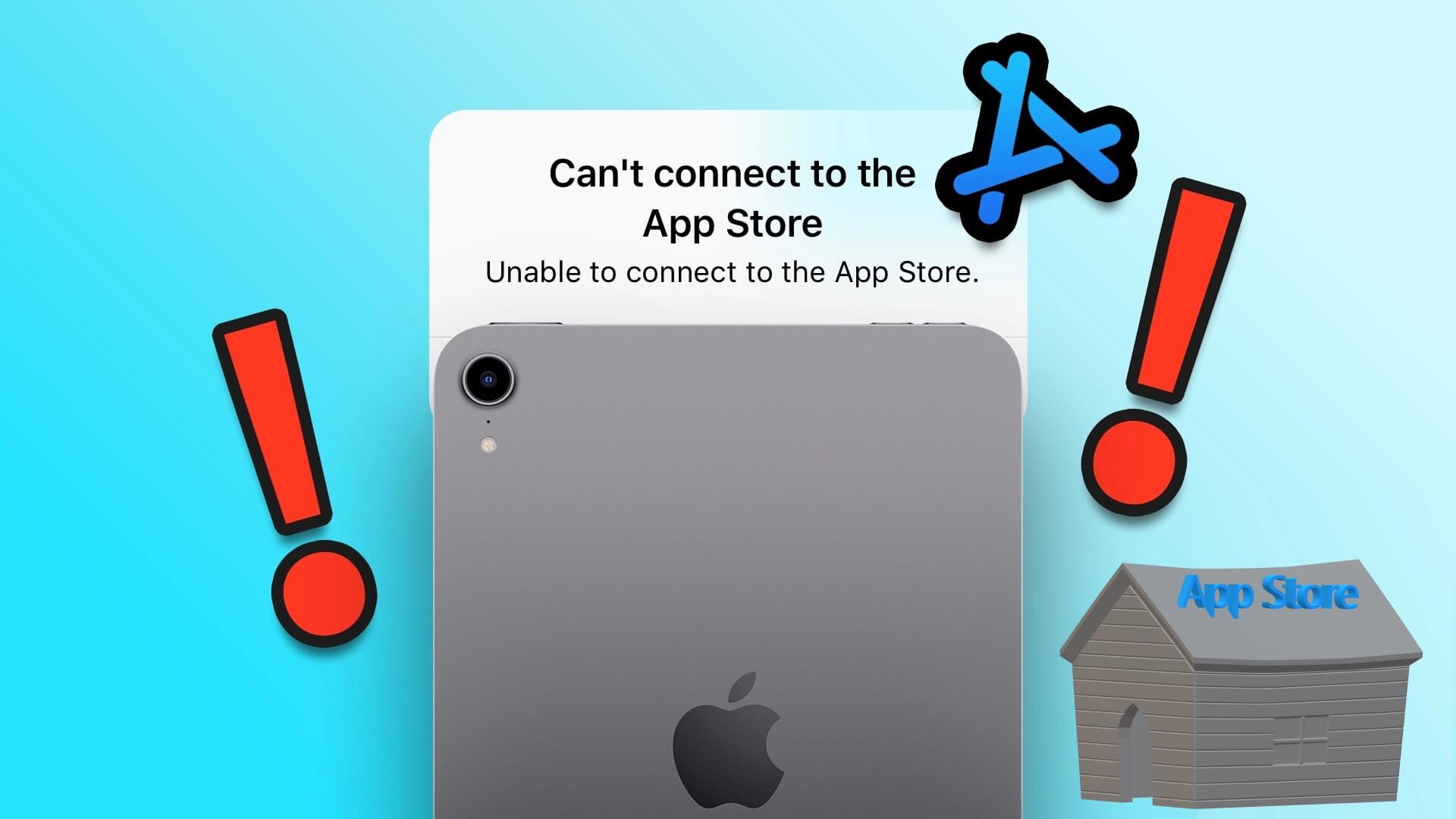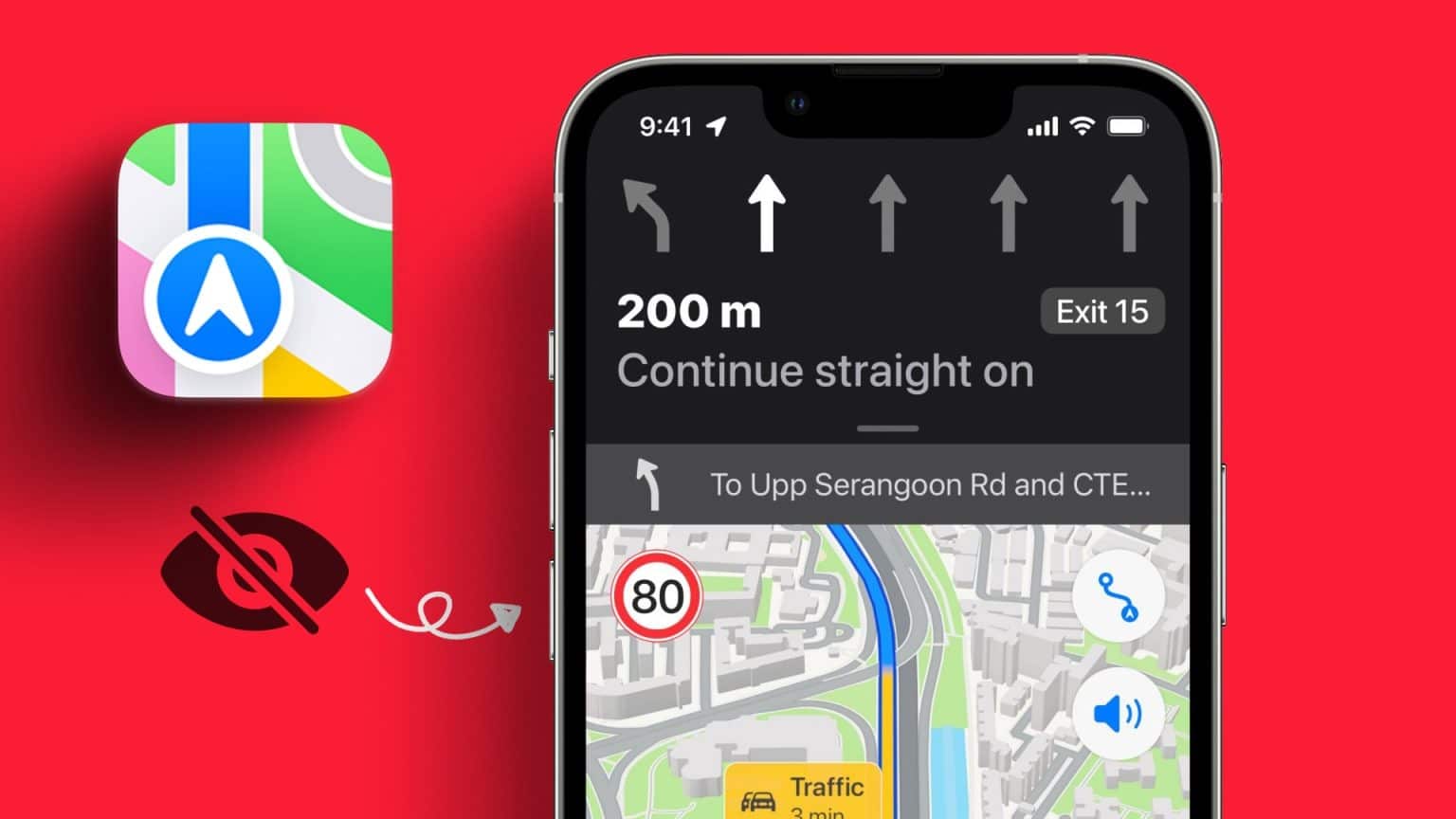That annoying feeling of someone looking over your shoulder is truly annoying. The same thing is replicated by malicious ad trackers that track your browsing activities and the way you consume content. As much as I don't want to scare you, you need to be aware of what's really going on with your favorite websites.
Fortunately, you do. Apple By taking strict action against crawling websites that track your behavior whether you click on their site or not. In addition, the latest version of safari Apple's Intelligent Tracking Protection 2.0 scans third-party cookies as well as first-party cookies that can track your browsing activities.
This is why Safari may throw errors when opening a suspicious or improperly designed page. If you encounter the "Unable to establish a secure connection" error with websites you visit frequently, you're not alone. Here are the best working solutions to help you fix this error and continue browsing safely.
1. Verify the security certificate
To make it simple, make sure you're on the right website by clicking the address bar. You should carefully examine the URLs and look for a green lock icon in front of the website address. If it appears grayed out, it's likely a clever phishing site with the logo and layout of your bank or another website you frequently visit.
2. Clear browser history
Option safari Clearing your browser history is a double-edged sword. Typically, clearing your browser history removes the list of websites you've visited. However, the latest iteration of Safari removes related data such as cookies and the content of the affected sites. Proceed with caution.
Step 1: In Safari, click History from the options menu at the top of the window.
Step 2: From the drop-down menu next to Clear, select All History. Then click Clear History.
3. Uninstall extensions and add-ons
Add-ons, extensions, and plugins are like little helpers that speed up the process of performing specific tasks with a click or two. However, installing too many of them affects performance. safariTherefore, it is wise for you to remove unwanted and unused accessories or attachments.
Step 1: Click on the menu safari And choose preferences.
Step 2: From the pop-up window, click Extensions to view a list of extensions you have installed for Safari. I haven't installed any extensions. However, if you see any, select them and then remove them.
4. Unblock all cookies
It may be an honest mistake that you accidentally clicked the box directly below the error that says "Prevent cross-site tracking." If this is the case, this box will essentially block all cookies.
Step 1: Open Safari Preferences and click Privacy.
Step 2: Clicking "Manage Website Data" will open a new window. From there, you can select and remove cookies for sites you think you no longer need or want.
5. Check permissions
Besides switching to add-ons, some of them force a "content blocker" feature for websites known to carry unwanted pop-ups and misleading ads that contain certain codes. If you think Safari is generating false positives, you can better check the permissions of "Content Blockers" and other elements like the site.
Step 1: Click the Safari menu and select Preferences. From the pop-up window, click the Websites tab.
Step 2: Click on “Content Blockers” in the right pane and see if you have blocked any specific element from the site you are trying to access.
6. Cache DNS Flow
Sometimes, flushing your DNS cache can help fix a lot of connection speed and website issues. This solution is very simple, provided you type the command correctly.
Make sure Safari isn't running, and if it is, you can disable it. Launch the Terminal app on your Mac and enter the following command:
sudo killall -HUP mDNSResponder
You'll need to enter your administrator password and then press Enter. Now restart Safari to see if that helps.
7. Firewall settings
A firewall protects you from malicious requests that steal your data and resources. It's possible that some programs apply strict firewall policies and block Safari from accessing the internet. This usually happens when parents or the office environment don't want you to browse the web. There's a safe way to check if your firewall is blocking Safari.
Step 1: Press Command + Space keys together to launch the Spotlight search bar.
Step 2: Type Firewall in Spotlight Search and press Enter.
Step 3: Click the lock in the lower-left corner, type your system password, and then click the Unlock button to make changes to your firewall settings. Once you have gained access, click the "Firewall Options" button.
Step 4: In the Firewall Options window, make sure the box labeled Block all incoming connections is unchecked.
Also, check if Safari appears in the exceptions list and has incoming connections enabled. If Safari doesn't appear there, proceed to the next solution.
8. System time synchronization
While it's unlikely that your Mac's system time is wrong, it's best to check it once. Here's how to check and change your system time.
Click the Apple menu and select System Preferences. From the pop-up window, click Date & Time. Then click Time Zone to check that you've selected the correct time zone. If you want to make any changes, click the lock icon in the lower-left corner and enter your Mac OS account password.
9. Remove all site data
Apple removed the Safari reset button with the Yosemite update. Fortunately, there are two easy ways to restore the stock Safari experience.
Step 1: Launch Safari, click the Safari menu, and choose Preferences.
Step 2: Click on the Privacy tab from the pop-up window, then tap on the button that says – Manage Website Data.
Step 2: Click on the Privacy tab from the pop-up window, then tap on the button that says – Manage Website Data.
Step 3: Wait for the pop-up window with the list of sites to appear. You can now remove data for specific sites or all of them. You can also click the "Remove All" button to wipe the data clean.
Performing this solution along with the first one should be good enough to reset Safari to factory settings. You can quit Safari and restart it to try accessing the site that's causing you so much grief.
10. Use a different browser
If nothing works and you need to use a browser, it is better to use another browser like Firefox Or Chrome.
Continue safe browsing
If none of the above solutions work, the problem may be with the website. Reinstalling macOS is a last resort, and I bet it won't work. One of the above solutions should work for your Mac. It's possible that the website you're trying to access is unavailable and experiencing a downtime.

